Trinity is the Resistance’s precision tool—an elite hacker, close-quarters fighter, and pilot who moves the plot of the entire saga forward every time she enters a scene. Long before Neo meets Morpheus, he knows Trinity by reputation from the old hacker boards, and that reputation turns out to be fully earned. Across ‘The Matrix’, ‘The Matrix Reloaded’, ‘The Matrix Revolutions’, and ‘The Matrix Resurrections’, she demonstrates concrete, repeatable skills that drive key mission outcomes, from network intrusions to high-risk extractions.
Behind the camera, filmmakers built many of Trinity’s defining moments with specific techniques, people, and props. Production teams constructed a dedicated freeway for her most famous chase, stunt coordinators engineered wire-work around her fighting style, and real infosec tools appear on her screen when she compromises critical systems. Put simply: when Trinity does something, there’s a method under the hood.
Elite hacker with a real-world handle
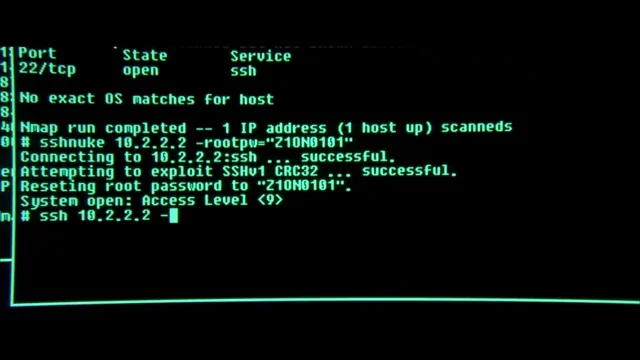 Warner Bros.
Warner Bros. Within the story’s hacker culture, Trinity is introduced as the operator who cracked a high-profile government system, which is why Neo recognizes the name before they ever meet. That introduction frames her as a technical specialist whose exploits circulate in underground circles separate from the Resistance’s larger war, establishing credibility that the rest of the plot builds on.
Her role aboard the Nebuchadnezzar includes reconnaissance across Matrix networks, on-mission systems access, and precision timing with hardline exits. Those responsibilities require coordination with an operator and other crew, so her “hacker” designation isn’t background color—it’s a functional job the films show repeatedly.
The opening bullet-time leap was engineered around her scene
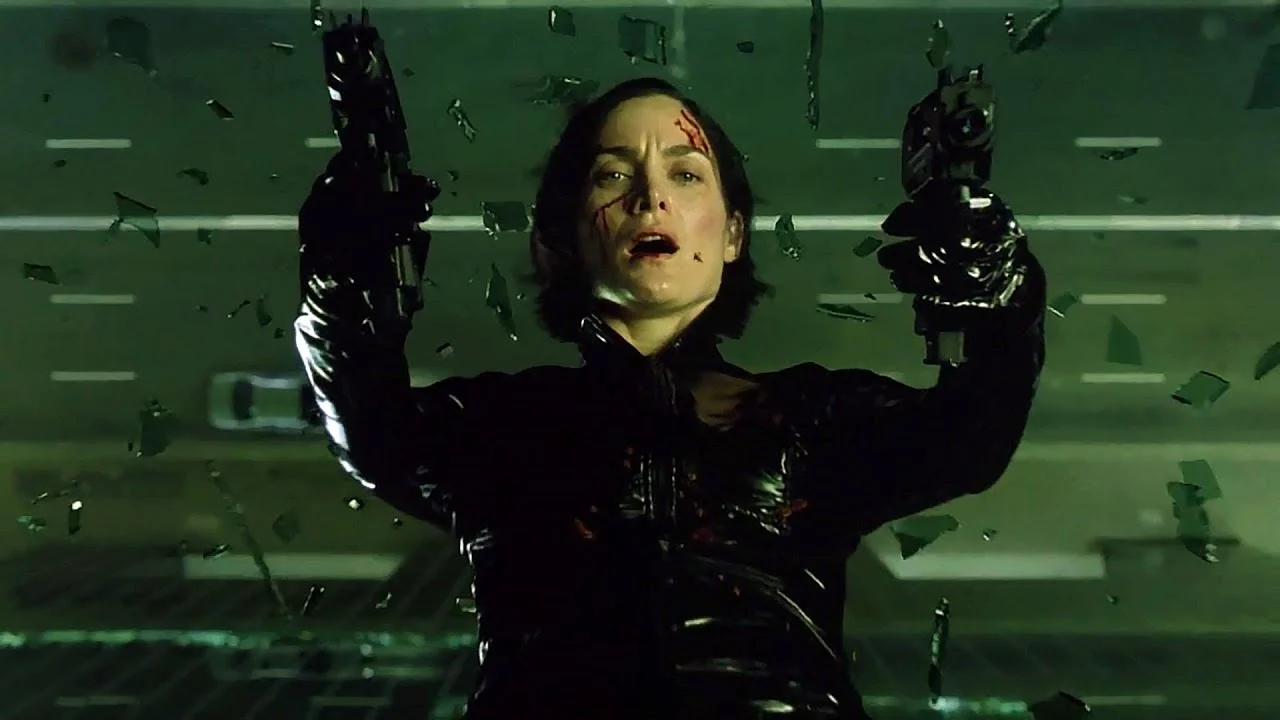 Warner Bros.
Warner Bros.The first time audiences see bullet-time, it’s built around Trinity’s rooftop escape and mid-air freeze-frame. The effect used a multi-camera array firing nearly simultaneously, allowing the shot to rotate around a single instant while preserving motion clarity, and then compositing those frames into a seamless move.
That pipeline was developed to emphasize human movement within the Matrix’s physics, and Trinity’s leap is the demo case that proves how the environment bends around skilled humans. The production’s camera spacing, timing, and interpolation were tuned to keep her center-frame while the world orbits, creating a vocabulary the rest of the series reuses.
Fight craft shaped by Yuen Woo-Ping’s choreography
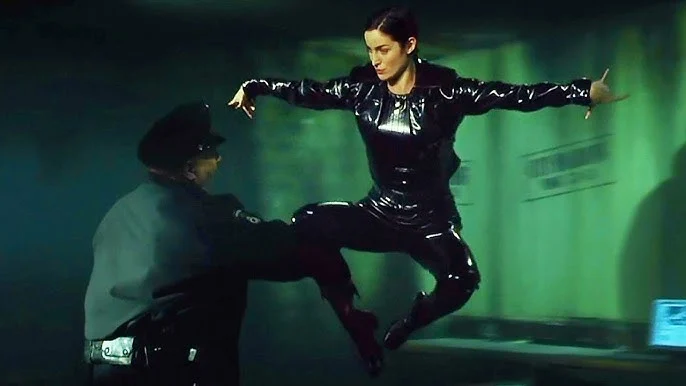 Warner Bros.
Warner Bros.Trinity’s striking and grappling rely on Hong Kong–influenced choreography designed by Yuen Woo-Ping, with extended training that focused on flexibility, kicks, and wire-assisted directional changes. The goal was to make on-camera transitions—like wall-runs into aerial kicks—read as a single chain rather than discrete moves.
Carrie-Anne Moss trained for months to execute long takes cleanly, combining practical techniques with wire rigs and rehearsed marks so the camera could “read” the geometry of each exchange. That preparation lets editors hold on her fights longer, which is why sequences like the opening room raid deliver so much clear action per shot.
The freeway chase used a real Ducati and a built-from-scratch highway
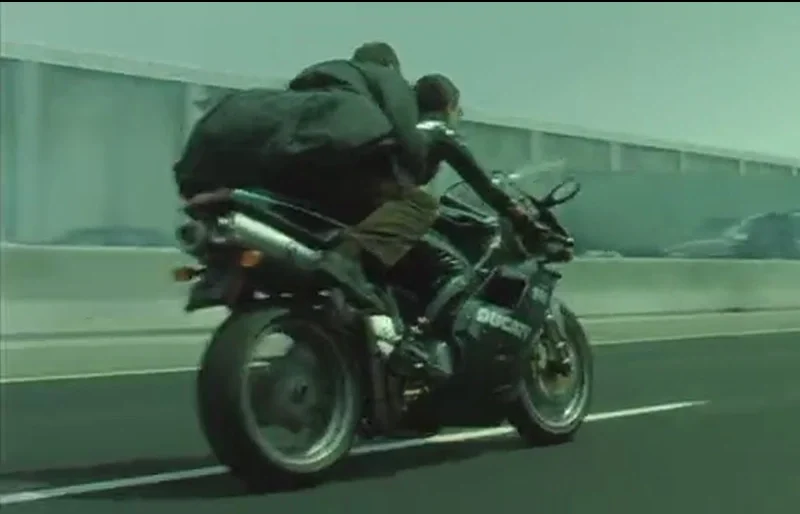 Warner Bros.
Warner Bros.In ‘The Matrix Reloaded’, Trinity rides a Ducati 996 during the freeway pursuit, performing high-speed lane-splits, median jumps, and contraflow maneuvers while carrying the Keymaker. Stunt rider Debbie Evans doubled key riding segments on the 996 platform, and production paired hero bikes for close-ups with rigged units for complex beats to maintain continuity across angles.
To make those beats possible, the crew built an approximately 1.5-mile, multi-lane freeway at the decommissioned Alameda Naval Air Station, complete with exits, signage, and crash-friendly barriers. Camera cars and low-mount rigs captured speed with consistent natural light and motion blur, eliminating the need for green-screen composites and preserving spatial logic through the entire chase.
Trinity’s on-screen hack uses actual tools and plausible steps
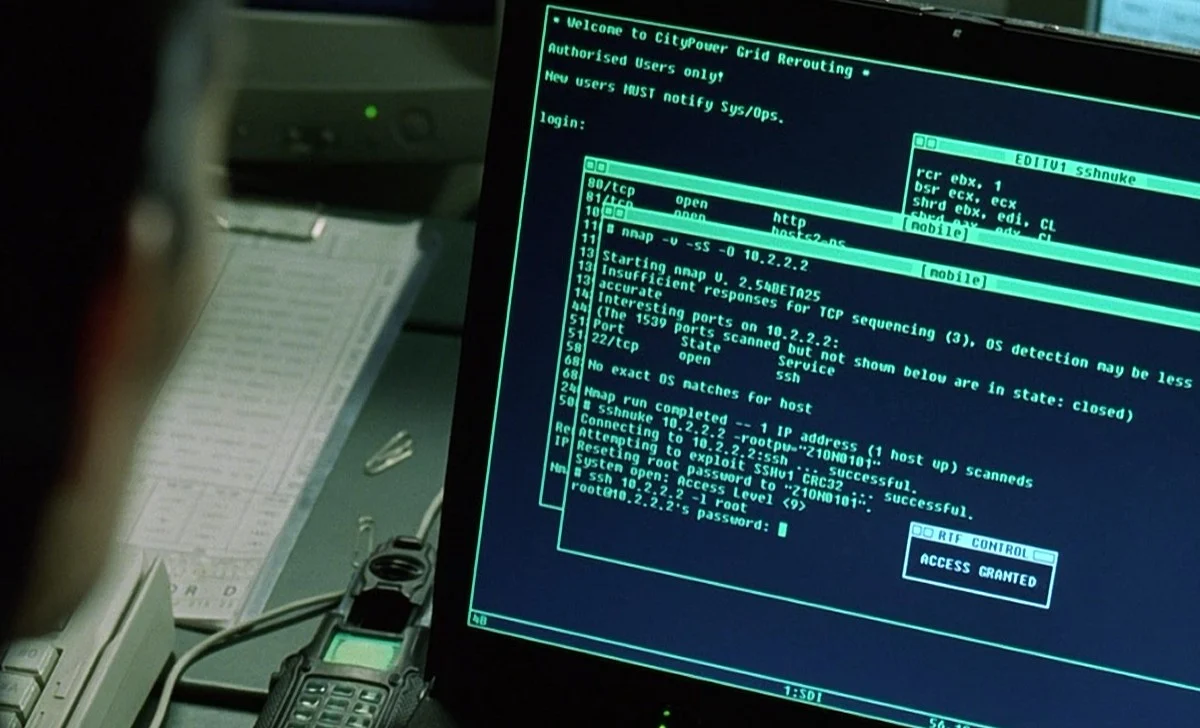 Warner Bros.
Warner Bros.When Trinity compromises the power-station network in ‘The Matrix Reloaded’, the terminal sequence shows ‘nmap’ scanning for open services before she targets SSH. She then launches ‘sshnuke’ to exploit the SSHv1 CRC32 bug and gain elevated control, following a discovery–exploit–persistence sequence recognizable to security professionals.
The production chose real utilities so the keystrokes map to task-based actions—enumerate hosts, verify a vector, then execute—rather than generic code montages. That approach grounds the scene in procedures that exist outside the story world, which is why the sequence is frequently cited in discussions about accurate hacking depictions in film.
Precision piloting across aircraft and exfil vehicles
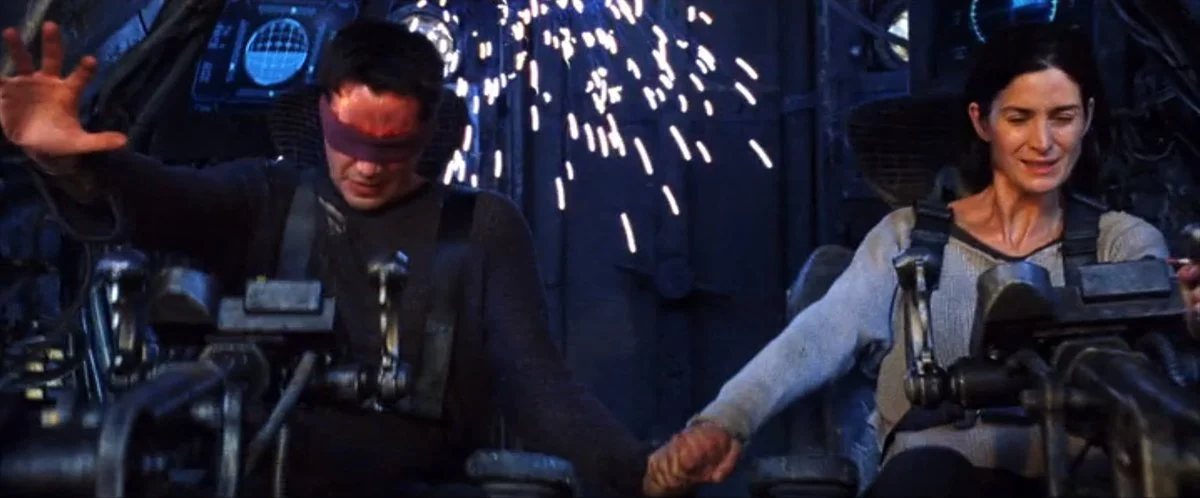 Warner Bros.
Warner Bros.In ‘The Matrix’, Trinity downloads the helicopter program on demand and immediately flies a twin-engine model into an active combat zone for the Morpheus rescue. The sequence coordinates airframe movement with a minigun burst that tracks window lines without overpenetrating the target zone, followed by a controlled crash-reel and hardline exit.
Across the series, she repeatedly handles high-risk vehicles for insertion and extraction—bikes, cars, and aircraft—while syncing with an operator for navigation and exit timing. Those tasks depend on accurate hardline maps, signal windows, and route deconfliction so the rest of the team can survive the handoff from action to escape.
The “Dodge this” beat demonstrates team tactics against Agents
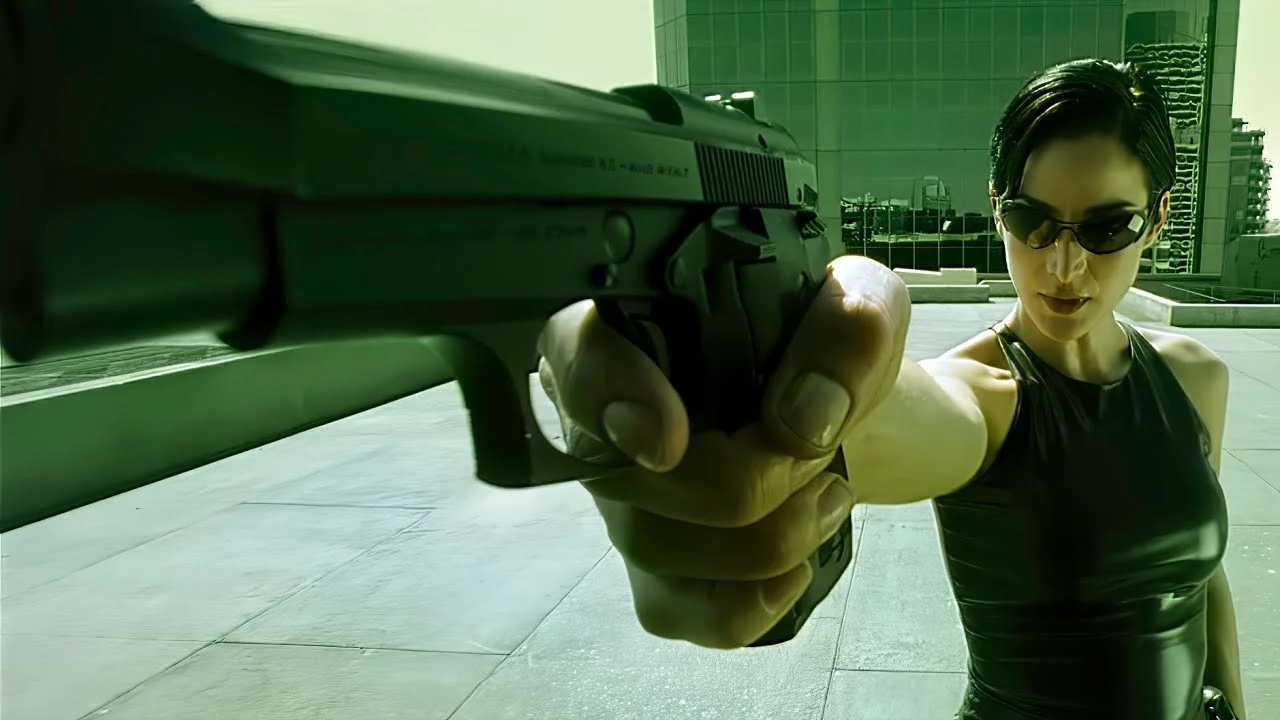 Warner Bros.
Warner Bros.During the rescue operations in ‘The Matrix’, Trinity closes distance on an Agent engaged with Neo, places the muzzle at contact range, and fires before the entity can recalculate a new evade vector. That move exploits a limitation shown throughout the films: Agents can sidestep bullets at range but cannot react to a point-blank first shot.
The beat underscores that defeating Agents isn’t about individual duels—it’s about creating micro-windows where a teammate can deliver a decisive action. Trinity’s timing, positioning, and choice of distance convert an unwinnable long-range exchange into a successful elimination aligned with the Resistance’s small-unit doctrine.
The look: Kym Barrett’s costume design and technical eyewear
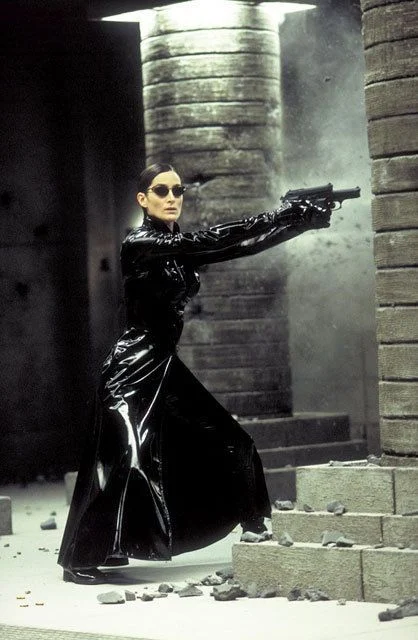 Warner Bros.
Warner Bros.Costume designer Kym Barrett created Trinity’s silhouette using vinyl-finish coats, fitted bodysuits, and boots chosen for range of motion on wires while maintaining a reflective, code-like sheen under set lighting. Materials were selected to hold shape during kicks and landings so the character would read as a clean line in motion.
Her eyewear comes from the Blinde Design Project, with frames built to sit securely during wire pulls and strikes. The combination of materials, fit, and accessories serves practical purposes—stunt safety, camera readability, and continuity across takes—while giving the character a consistent field-ready profile across missions.
Narrative catalyst: locating, awakening, and sustaining Neo
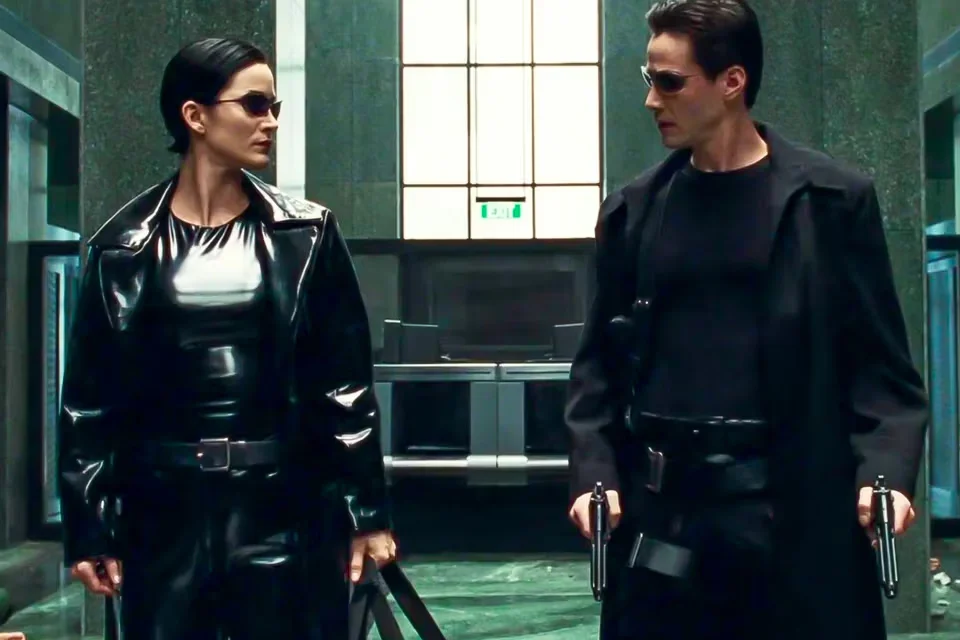 Warner Bros.
Warner Bros.Trinity is part of the team that finds Neo, validates him through layered tests, and helps guide him through training sequences that map skills onto mission needs. She is physically present at critical junctures—entry, extraction, and retraining—so the handoffs between belief, ability uploads, and application form an unbroken chain.
Her actions also stabilize Neo after setbacks by tying choices to concrete next steps: secure a route, acquire a vehicle, or reach a hardline. The story uses her to translate big ideas about fate and identity into operational decisions the crew can execute, which is why key turning points align with her interventions.
Evolving identity: from Trinity to Tiffany—and beyond
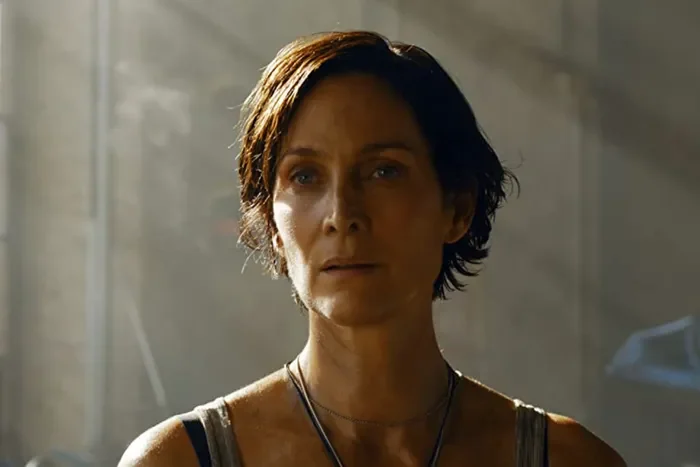 Warner Bros.
Warner Bros.In ‘The Matrix Resurrections’, the system reassigns Trinity as “Tiffany,” embedding her in a simulated family to suppress her past and isolate her from Neo. The construct leverages social anchors and daily routines to keep her from noticing pattern breaks that would normally trigger a search for exits.
Once the façade cracks, Trinity demonstrates the same fast-adoption competence seen in earlier films—absorbing new parameters of the system, recombining them with prior knowledge, and acting decisively to alter the simulation’s balance. The arc shows a continuous capability set applied under new constraints rather than a reinvention from scratch.
Share your favorite Trinity moments and facts in the comments so everyone can compare notes on what makes her stand out.

.jpeg)





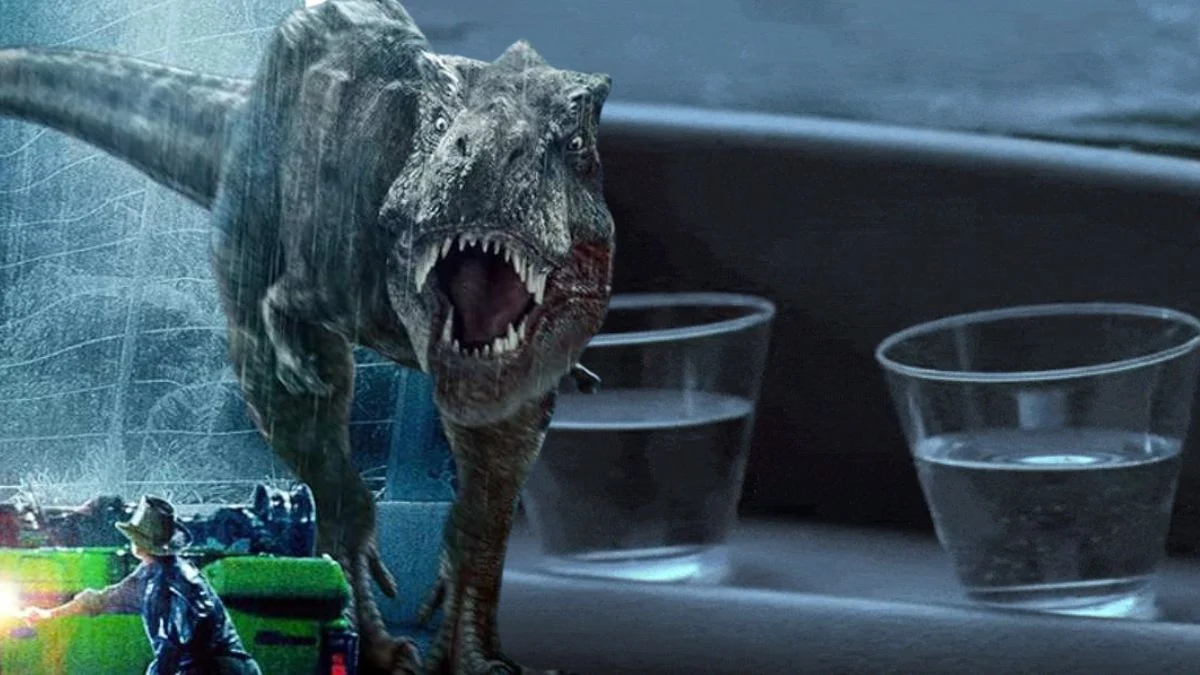


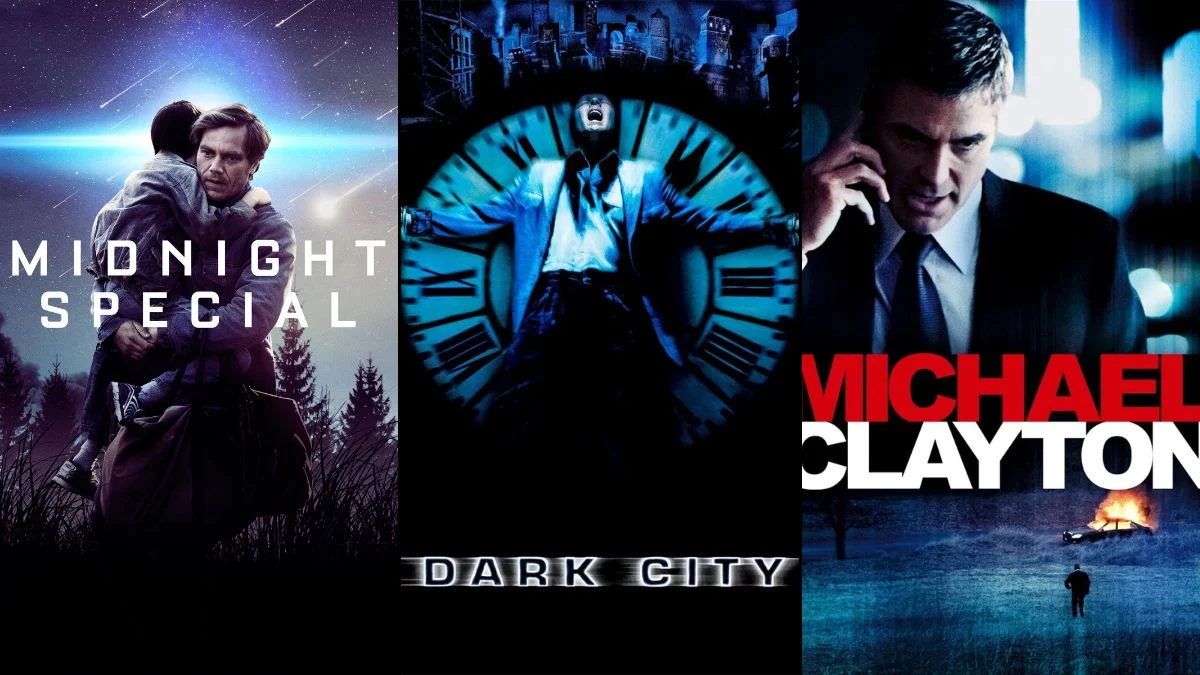
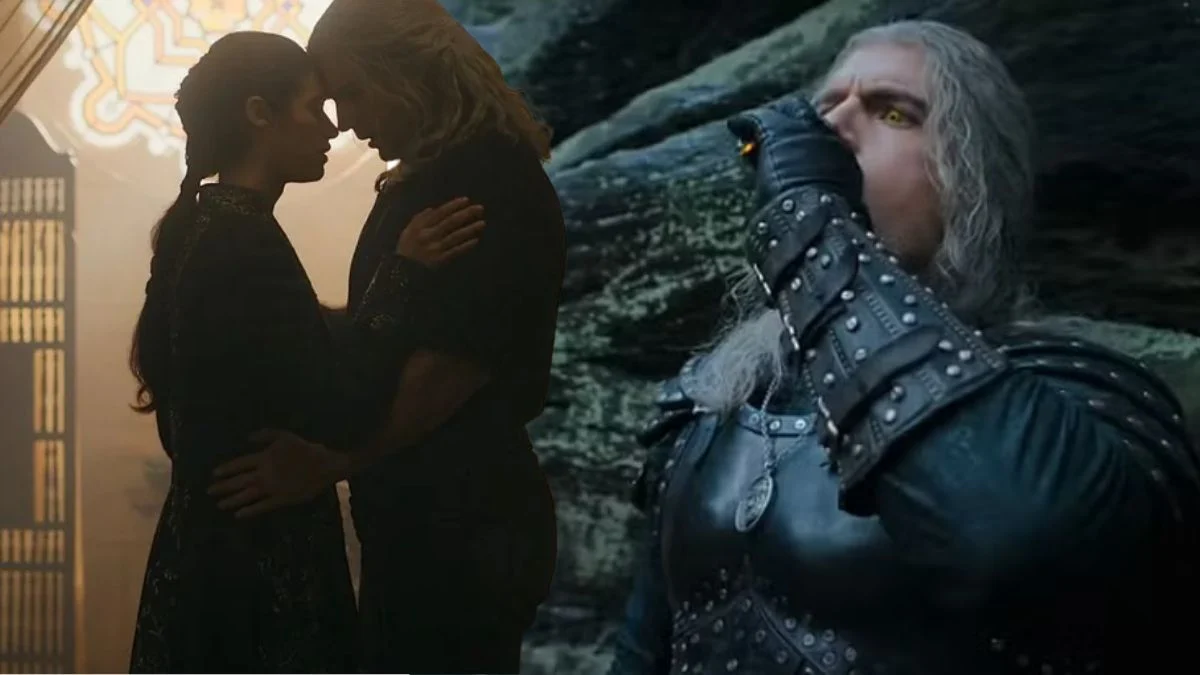














.jpeg)












 English (US) ·
English (US) ·